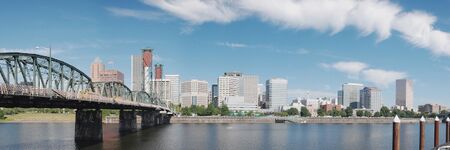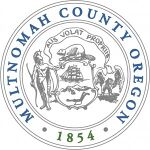Multnomah OR
- Members
Multnomah County is one of the 36 counties in the U.S. state of Oregon. As of the 2020 census, the county's population was 815,428. Multnomah County is part of the Portland–Vancouver–Hillsboro, OR–WA Metropolitan Statistical Area. Though smallest in area, Multnomah County is the state's most populous county. Its county seat, Portland, is the state's largest city.
Activities

|
Breaking the Code The UN-hackathon | |
| Multnomah County, Oregon is partnering with Technology Association of Oregon (TAO) and other local groups to host a community collaborative problem solving event and an ongoing, community-based technology incubator called Breaking the Code.
We aim to break some of the barriers that exist among organizations that specifically serve people of color and the broad, local tech community. Partnering together gives us a platform to bridge the gap between the two and provide opportunities for Community Based Organizations (CBO’s) to become more efficient and effective in their targeted service delivery. A longer term goal is the creation of community-based and community-led technology start-ups. Breaking the Code’s framework leverages assets from the public sector (data, staff, technology platforms, public infrastructure, small business incubation, etc.), and the technology industry (technology solutions, expertise, professionals, funding, etc.) with the goal of making CBOs more successful serving their community. This, in turn, fulfils the promise of smart cities as “thriving communities” with well being across the life span, equity and access, sustainability, resiliency, and vibrant arts and culture. | ||

